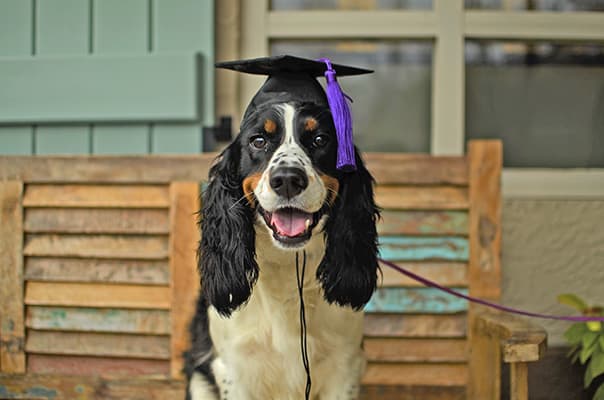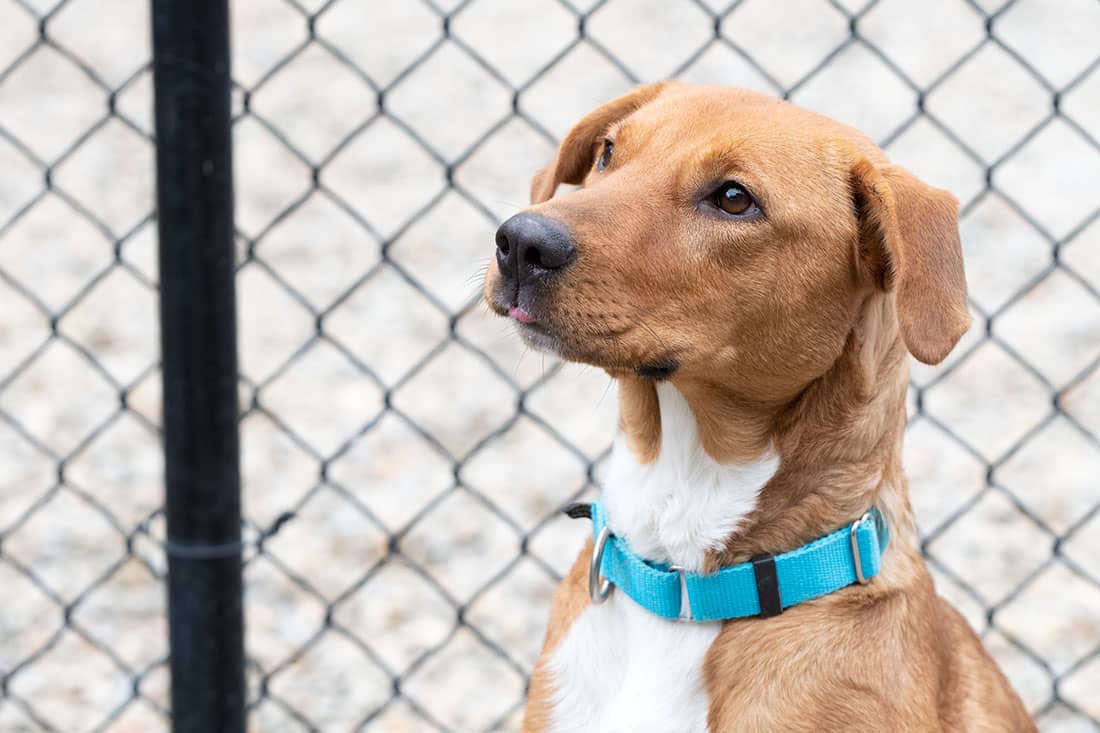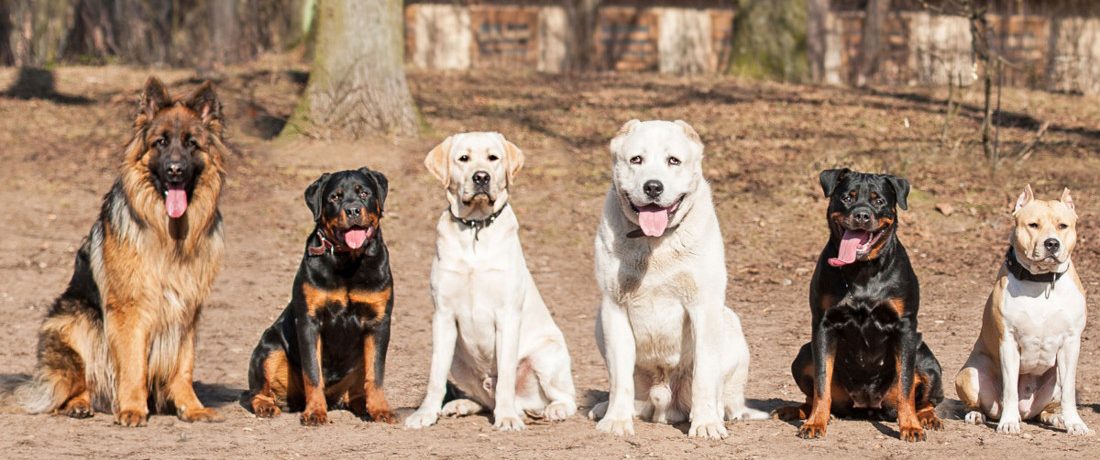Discover the Leading Errors to Prevent in Dog Training
Discover the Leading Errors to Prevent in Dog Training
Blog Article
Essential Tips for Successful Dog Training: A Guide for Pet Dog Owners
Reliable pet dog training is a diverse process that calls for a calculated method tailored to both the pet dog's character and the owner's purposes. Comprehending how to browse these obstacles can significantly boost the training experience, ultimately changing the connection in between owner and dog.
Comprehending Dog Actions
Understanding pet habits is essential for reliable training and promoting an unified connection in between dogs and their proprietors. Canines connect mainly via body movement, articulations, and activities, making it essential for proprietors to interpret these signals precisely. Recognizing a pet dog's posture, tail setting, and ear orientation can supply understandings into its psychological state. For example, a wagging tail does not constantly indicate happiness; it can additionally signal enjoyment or anxiousness.

Socializing plays a substantial duty in pet actions; direct exposure to different atmospheres, people, and other pets can dramatically influence a pet dog's character. Variables such as breed characteristics and specific character ought to guide training approaches, as some breeds might have details behavioral traits that demand tailored methods. By understanding these components, proprietors can produce a supportive setting that motivates favorable habits, leading to effective training outcomes and a much deeper bond with their animals.
Developing Constant Commands
Reliable communication with your pet begins with developing consistent commands. This fundamental element of training is crucial for promoting understanding between you and your pet dog. Consistency in the commands you utilize guarantees that your pet can reliably connect specific words or phrases with the wanted habits.
When picking commands, choose clear, unique words that are easy to state and differentiate from each other. Prevent using similar-sounding commands that may perplex your dog. Using "sit" and "stay" is proper, yet "sit" and "hit" might lead to misconceptions.
In addition, maintain the same tone and volume for every command. Pets are delicate to vocal cues, so varying your tone can produce complication.
It is just as vital to make certain that all relative are on the same page pertaining to the commands used. A united front in command usage will certainly prevent mixed signals and strengthen the understanding procedure.
Positive Reinforcement Methods
The power of positive reinforcement in pet dog training depends on its ability to motivate desired actions through benefits and appreciation. This technique is based in the principle that actions complied with by positive results are more probable to be duplicated. By incorporating favorable reinforcement right into your training program, you can efficiently form your canine's actions in a useful fashion.
To carry out positive support, it's vital to identify what inspires your pet, whether it be treats, playthings, or verbal appreciation. When your dog does a desired action, such as resting on command, right away reward them with a treat or love. This association between the command and the favorable outcome enhances their understanding.
It's critical to timing the rewards appropriately; delivering the reinforcement within secs of the wanted behavior assists your pet make the connection (dog training). Furthermore, uniformity is vital-- guarantee that all member of the family utilize the exact same commands and incentive systems to prevent confusion

Progressively, you can minimize Look At This the regularity of treats as your pet dog discovers the actions, transitioning to applaud or recurring benefits. This approach not just fosters a strong bond between you and your pet dog yet additionally promotes a positive knowing atmosphere, making educating read the full info here an enjoyable experience for both.
Socialization and Interaction
Constantly revealing your pet to a selection of environments, people, and other animals is essential for their social advancement. Socialization must start early, ideally throughout the important home window of 3 to 14 weeks, when pups are most responsive to brand-new experiences. Older pet dogs can likewise benefit from ongoing socialization efforts.
Introduce your dog to different setups, such as parks, pet-friendly shops, and city locations. This exposure helps them adapt to various stimulations, lowering anxiousness and concern actions. Motivate positive interactions with various other pet dogs and people, guaranteeing that these encounters are secure and regulated to foster self-confidence.
Make use of organized playdates with well-mannered pets, as this can improve your pet dog's social abilities and teach them ideal behavior. Obedience courses and training sessions additionally provide excellent possibilities for socialization, permitting your canine to connect with others in a supervised setting.
Screen your pet's body language throughout interactions, as this will certainly help you assess their comfort level. Progressively enhance direct exposure to more tough situations while ensuring that each experience declares. A well-socialized dog is most likely to exhibit well balanced actions, making them a delight to have in any type of setup.
Dealing With Typical Training Obstacles
Every canine proprietor will certainly encounter training difficulties eventually, despite their canine's age or socialization degree. Recognizing common problems such as stubbornness, disturbances, and terror can help in establishing efficient approaches for improvement.

Diversions throughout training sessions can thwart emphasis. To battle this, start training in a quiet environment with minimal stimuli. Slowly introduce diversions as the pet dog comes to be extra proficient in commands. Short, frequent training sessions are also reliable in keeping focus.
Fearfulness can prevent a pet's understanding procedure. Progressive desensitization to the source of fear, coupled with favorable reinforcement, can help reduce anxiety. Perseverance is vital; never force a pet right into a circumstance that causes distress, as this might worsen the issue.
Inevitably, understanding and resolving these typical challenges with an organized method will cultivate a much more productive training experience, enhancing the bond between pet and owner while advertising efficient knowing.
Conclusion
In recap, successful pet training relies upon a comprehensive understanding of canine habits, the establishment of constant commands, and the application of positive support techniques. Socialization plays an important role next in establishing well-adjusted pets, while attending to common training difficulties requires persistence and adaptability. By carrying out these important approaches, animal proprietors can foster a strong bond with their pet dogs and promote desirable actions, ultimately resulting in an unified relationship between human beings and their canine companions.
Comprehending pet dog behavior is vital for reliable training and fostering a harmonious connection in between pooches and their owners.Socialization plays a considerable duty in dog habits; direct exposure to numerous environments, people, and other animals can dramatically affect a pet's temperament.The power of positive reinforcement in canine training lies in its capacity to motivate preferred actions via rewards and praise. By integrating favorable support right into your training routine, you can effectively shape your pet dog's habits in a positive way.
In summary, successful pet training counts on an extensive understanding of canine actions, the facility of constant commands, and the application of favorable reinforcement strategies.
Report this page